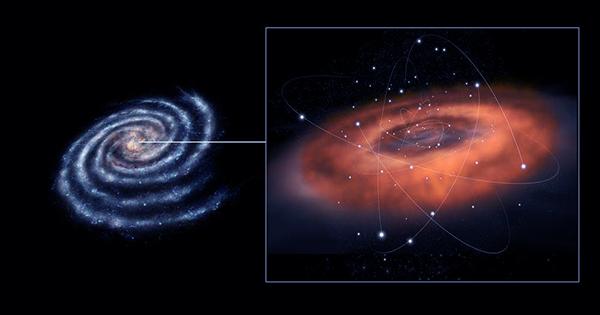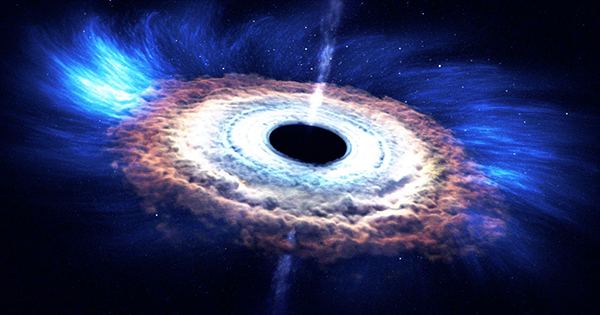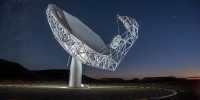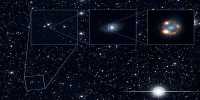A pair of supermassive black holes (SMBH) discovered recently is the closest we have ever found near-Earth and to each other. They are a scientific gold mine since they are easier to study than their more distant brethren are and disclose a previously unknown step of the black hole merging process. The discovery also suggests that we have underestimated the number of SMBHs in our cosmic surroundings. Black holes generated by supernova explosions have been discovered as close as 1,000 light-years from Earth, but supermassive black holes are a different story. These are found near the center of galaxies and have masses measured in millions of solar masses, rather than a few times that of the Sun.
The galaxies surrounding them can shape by the interplay of these massive pairings of pure gravitational force. Unfortunately, most are separated by such great distances that communication is difficult. As a result, the discovery of an SMBH pair in the galaxy NGC 7727 in Astronomy and Astrophysics is remarkable.
89 million light-years distant, this merging galaxy may be found. The previous nearest pair of supermassive black holes, in NGC 6240, is more than five times further away, however, that one has a suspected third partner to add to the excitement.

As they orbit one other, supermassive black holes lose energy and get closer and closer until they combine, causing the universe’s most intense gravitational waves. The NGC 7727 pair is 1,600 light-years distant, less than half the distance between the next nearest SMBH pair we have discovered.
X-rays from gas landing on their accretion disks identify the majority of SMBHs, but neither of these two is detectable in this way, according to co-author Dr. Holger Baumgardt of the University of Queensland. He stated, “There is no gas surrounding them.” “It may be a one-time thing; if you come back after a million years, they might be traveling through a gas cloud and radiating again.” Instead, the researchers looked at the spectra of the stars in each nucleus to see how rapidly they were moving, calculated the amount of invisible mass needed to cause such orbits.
In a statement, first author Dr. Karina Voggel of the Observatoire astronomique de Strasbourg said, “Our finding means that there may be many more of these remnants of galaxy mergers out there, and they may contain many hidden huge black holes that still need to be discovered.” “It has the potential to raise the total number of known supermassive black holes in the local Universe by 30%.”
Large galaxies form by either completely swallowing smaller galaxies or removing part of their stars during near encounters. However, we generally infer this from the evidence left behind by such occurrences. The scientists conclude that NGC 7277 “is a rare direct peek into the process of stripped nuclei production as well as SMBH assembly through mergers.”
The bigger SMBH is 24 times as huge as the smaller one, with a mass of 154 million solar masses. The two galaxies’ present very similarly severely skewed, but the scientists believe this is because the bigger galaxy has already stolen much of the mass from the smaller ones, and their original galactic ratio was roughly five to one. Baumgardt told that the time it takes for the two black holes to join might be somewhere between a few tens of millions and 200 million years.















